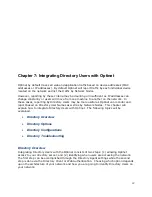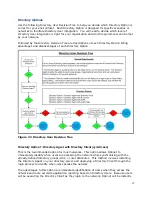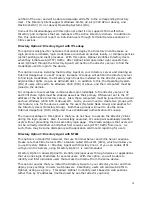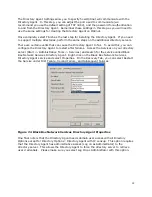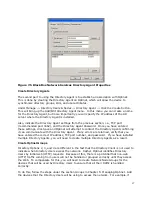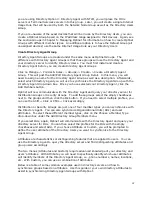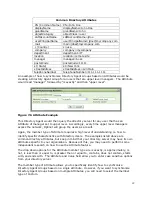
104
6.
Execute the command by pressing ENTER.
a.
If the help dialog is raised, then there were communication errors. Please
review the syntax and correct any possible errors, i.e., IP address, switches,
etc.
b.
If the help dialog is not raised, then the command executed properly. You
can verify this by looking at the process list of the Windows Task Manager. A
process called cymdir.exe should be listed.
Now that you have properly executed the Client locally, let’s confirm that Optinet received
the heartbeat and posted the correct username. Click Manage -> Directory Users & Nodes -
> Directory Users. Verify there is a new profile listed by username used to access the
computer.
Deploying the Directory Client
Now that you have confirmed that the Client can communicate to Optinet, you are ready to
deploy the Client in your network.
Because each network is unique, the User Guide and Black Box Network Services cannot
make specific recommendations as to how you should integrate the Directory Client into
your network and directory server. This section will provide the best information; however,
please note that this information is provided “AS-IS” and without warranty of any
kind.
There are a variety of ways to deploy the Directory Client in your network that will execute
when users login to the domain. The most common ways are the following:
•
Batch file
•
Registry Setting
•
Domain Group Policy Object (GPO)
•
Netware Login Script
•
VB Script
•
Registry Key
•
Shortcut in Startup folder
All of these methods employ different means for executing the Directory Client. However,
this chapter will only cover how to deploy the Directory Clients via a batch file, registry
settings, and Domain GPO. Other methods presented will need to be researched and
deployed at your discretion. Again, because each network is different, this User Guide will
not advise which method is better. This guide will merely present the most common
techniques used.
Creating a Batch File for Directory Client
1.
Pick a file directory on your directory server that will store both the batch file and
Client (for example \\server\share\folder).

